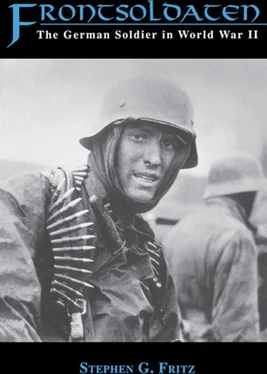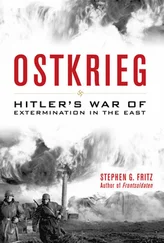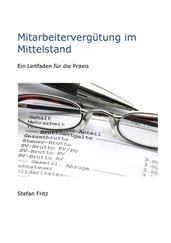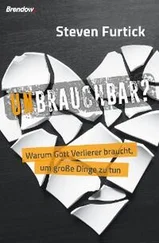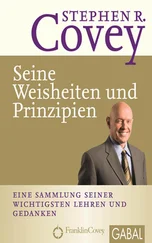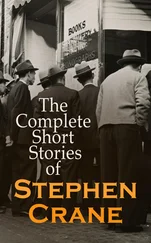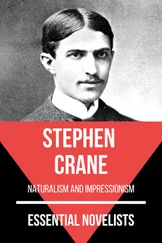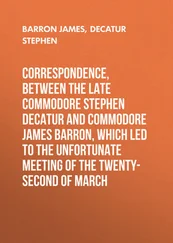Kuby, Erich. Als Polen deutsch war, 1939–1945. Ismaning bei Munich, 1986.
——. Das Ende des Schreckens: Januar bis Mai 1945. Hamburg, 1984.
Kurowski, Franz. Die Heeresgruppe Mitte, 1942–1943. Friedberg, 1989.
Kviz, Frederick J. “Survival in Combat as a Collective Exchange Process.” Journal of Political and Military Sociology 6 (Fall 1978): 219–32.
Laffin, John. Jackboot: The Story of the German Soldier. Newton Abbot, U.K., 1989.
Lakowski, Richard. “Zwischen Professionalismus und Nazismus: Die Wehrmacht des Dritten Reiches vor dem Überfall auf der UdSSR.” In Zwei Wege nach Moscow: Vom Hitler-Stalin-Pakt bis zum “Unternehmen Barbarossa,” ed. Bernd Wegner, pp. 149–66. Munich, 1991.
Lane, Barbara Miller. “Nazi Ideology: Some Unfinished Business.” Central European History 7, no. 1 (1974).
Lewis, S.J. Forgotten Legions: German Army Infantry Policy, 1914–1941. New York, 1985.
Liddell Hart, B.H. History of the Second World War. New York, 1979.
Lucas, James, and J. Barker. The Killing Ground. London, 1978.
Lukas, Richard. The Forgotten Holocaust: The Poles under German Occupation, 1939–1944. Lexington, Ky., 1986.
Madej, Victor. “Effectiveness and Cohesion of the German Ground Forces in World War II.” Journal of Political and Military Sociology 6 (Fall 1978): 233–48.
Marrus, Michael. “The Theory and Practice of Anti-Semitism.” Commentary, Aug. 1982: 38–42.
Marshall, S.L.A. Men against Fire. Washington, D.C., 1947.
Mason, Timothy. Social Policy in the Third Reich: The Working Class and the “National Community,” 1918–1939. Oxford, 1993.
——. Sozialpolitik im Dritten Reich. Opladen, 1977.
Merritt, Anna, and Richard Merritt. Public Opinion in Occupied Germany: The OMGUS Surveys, 1945–1949. Urbana, I11., 1970.
Messerschmidt, Manfred. “German Military Law in the Second World War.” In The German Military in the Age of Total War, ed. Wilhelm Deist, pp. 323-35. Leamington Spa, UK., 1985.
——. “Völkerrecht und ‘Kriegsnotwendigkeit’ in der deutschen militärischen Tradition seit den Einigungskriegen.” German Studies Review 6, no. 2 (1983): 237–70.
——. “The Wehrmacht and the Volksgemeinschaft.” Journal of Contemporary History 18 (1983): 719–14.
——. Die Wehrmacht im NS-Staat: Zeit der Indoktrination. Hamburg, 1969.
——. “Wehrmacht, Ostfeldzug und Tradition.” In Der Zweite Weltkrieg: Analyzen, Grundzüge, Forschungsbilanz, ed. Wolfgang Michalka, pp. 314–28. Munich, 1989.
——. “Der ‘Zersetzer’ und sein Denunziant. In Der Krieg des Kleinen Mannes: Eine Militärgeschichte von unten, ed. Wolfram Wette, pp. 255–78. Munich, 1992.
Messerschmidt, Manfred, and Fritz Wüllner. Die Wehrmachtjustiz im Dienste des Nationalsozialismus: Zerstörung einer Legende. Baden-Baden, 1987.
Meyer-Detring, Wilhelm. Die 137. Infanteriedivision im Mittelabschnitt der Ostfront. Nördlingen, 1962.
Mosse, George E. Fallen Soldiers: Reshaping the Memory of the World Wars. New York, 1990.
Mühlberger, Detlef. Hitler’s Followers: Studies in the Sociology of the Nazi Movement. London, 1991.
Müller, Klaus-Jürgen. The Army, Politics, and Society in Germany, 1933–1945: Studies in the Army’s Relation to Nazism. Manchester, U.K., 1987.
Müller, Rolf-Dieter. “Die Konsequenzen der ‘Volksgemeinschaft’: Ernährung, Ausbeutung, und Vernichtung.” In Der Zweite Weltkrieg: Analysen, Grundzüge, Forschungsbilanz, ed. Wolfgang Michalka, pp. 240–48. Munich, 1989.
Munzel, Oskar. Gekämpft—Gesiegt—Verloren. Geschichte des Panzerregiments 6, 1740–1980. Herford, 1980.
Murawski, Erich. Der deutsche Wehrmachtbericht. Boppard am Rhein, 1962.
O’Neill, Robert J. “Doctrine and Training in the German Army, 1919–1939.” In The Theory and Practice of War, ed. Michael Howard, pp. 143–65. London, 1965.
——. The German Army and the Nazi Party, 1933–1939. New York, 1966.
Padover, Saul K. “A Folio of German Types.” In Propaganda in War and Crisis, ed. Daniel Lerner, pp. 162–99. New York, 1972.
Perret, Geoffrey. There’s a War to Be Won: The United States Army in World War II. New York, 1991.
Peukert, Detlev. “The Genesis of ‘the Final Solution’ from the Spirit of Science.” In Reevaluating the Third Reich, ed. Thomas Childers and Jane Caplan, pp. 234–52. New York, 1993.
——. Inside Nazi Germany: Conformity, Opposition, and Racism in Everyday Life. Trans. Richard Deveson. New Haven, Conn., 1987.
Piekalkiewicz, Janusz. Der Wüstenkrieg in Afrika, 1940–1943. Munich, 1985.
Podzun, Hans-Henning. Weg und Schicksal der 21. Infanterie-Division. Bad Nauheim, 1951.
Prinz, Michael. Vom neuen Mittelstand zum Volksgenossen: Die Entwicklung des sozialen Status der Angestellten von der Weimarer Republik bis zum Ende der NS-Zeit Munich, 1986.
Prinz, Michael, and Rainer Zitelmann, eds. Nationalsozialismus und Modernisierung. Darmstadt, 1990.
Quarrie, Bruce. Panzer-Grenadier Division “Grossdeutschland”. London, 1977.
Reinhardt, Klaus. Die Wende vor Moskau: Das Scheitern der Strategie Hitlers im Winter 1941/42. Stuttgart, 1972.
Rempel, Gerhard. Hitler’s Children: The Hitler Youth and the SS. Chapel Hill, N.C., 1989.
Rose, Arnold. “The Social Psychology of Desertion from Combat.” American Sociological Review 16 (Oct. 1951): 614–29.
Schäfer, Hans Dieter. Das gespaltene Bewuβtsein: Über deutsche Kultur und Lebenswirklichkeit, 1933–1945. Munich and Vienna, 1981.
Scheibert, Horst. Nach Stalingrad—48 Kilometer! Der Entsatzvorstoβ der 6. Panzerdivision Dezember 1942. Heidelberg, 1956.
——. Zwischen Don und Donez: Winter 1942/43. Neckargemünd, 1961.
Schoenbaum, David. Hitler’s Social Revolution: Class and Status in Nazi Germany, 1933–1939. New York, 1966.
Schulte, Theo. The German Army and Nazi Policies in Occupied Russia. Oxford, New York, and Munich, 1989.
Seaton, Albert. The Battle for Moscow, 1941–1943. New York, 1971.
——. The Fall of Fortress Europe, 1943–1945. London, 1981.
——. The German Army, 1933–1945. London, 1982.
——. The Russo-German War, 1941–1945. London, 1971.
Selz, Barbara. Das Grüne Regiment: Der Weg der 256. Infanterie-Division aus der Sicht des Regiments 481. Freiburg, 1970.
Shils, Edward, and Morris Janowitz. “Cohesion and Disintegration in the Wehrmacht.” In Propaganda in War and Crisis, ed. Daniel Lerner. pp. 367–415. New York, 1972. Rpt. from Public Opinion Quarterly 12 (1948): 280–315.
Siedler, Franz. Deutscher Volkssturm: Das letzte Aufgebot, 1944–1945. Munich, 1989.
Smelser, Ronald. “How ‘Modern’ Were the Nazis? DAF Social Planning and the Modernization Question.” German Studies Review, 13, no. 2 (1990): 285–302.
——. Robert Ley: Hitler’s Labor Front Leader. New York, 1988.
Spaeter, H. and W. Ritter von Schramm. Die Geschichte des Panzerkorps Grossdeutschland. 3 vols. Bielefeld, 1958.
Steiger, Rudolf. Armour Tactics in the Second World War: Panzer Army Campaigns in German War Diaries. Oxford, 1991.
Steinert, Marlis. Hitler’s War and the Germans: Public Mood and Attitude during the Second World War. Trans. Thomas E.J. deWitt. Athens, Ohio, 1977.
Читать дальше
